Explore the history of the site and its residents, both human and equine….
Find out how the site of the National Horse Racing Museum evolved from the building of Charles II’s Newmarket Palace to the home of the Rothschild racing yard. Today it is an internationally important museum tracing the history of racing and British Sporting Art.
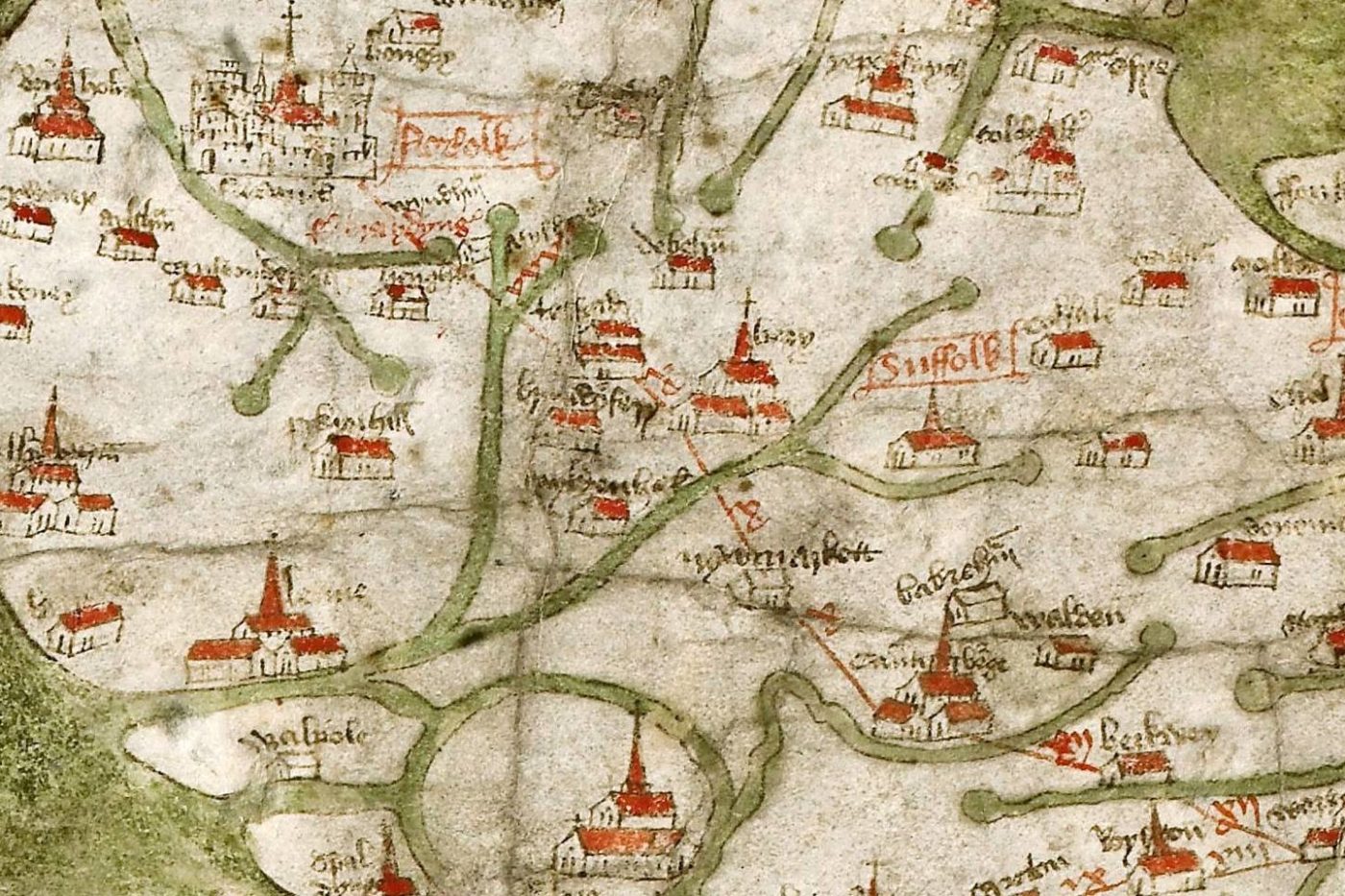
The Founding of Newmarket
Founding of Newmarket on the route of the Icknield Way, an ancient travellers’ route across the Cambridgeshire Chalk Plain from Wiltshire to Norfolk. Archaeological evidence shows use of the Way back to pre-historic times, Iceni, Roman occupation, Anglo-Saxons and up to the Medieval Period. The route passes in front of All Saints church along what is now Palace Street.
1200
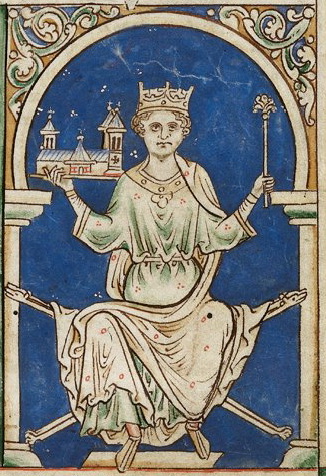
King Henry III & Newmarket's Name
King Henry III (1207-1272) grants Sir Richard of Argentein the right to hold a yearly fair and weekly market (i.e., a new market) giving the town its name.
1220

James I & Newmarket
James I (1556-1625) stays at Newmarket during the progress of his court into Norfolk. Recognising the open land of the Heath as perfect for favourite pastimes like hunting, hawking, hare coursing and racing horses he builds a palace complex in stages close to the present Jockey Club Rooms on the High Street.
1605
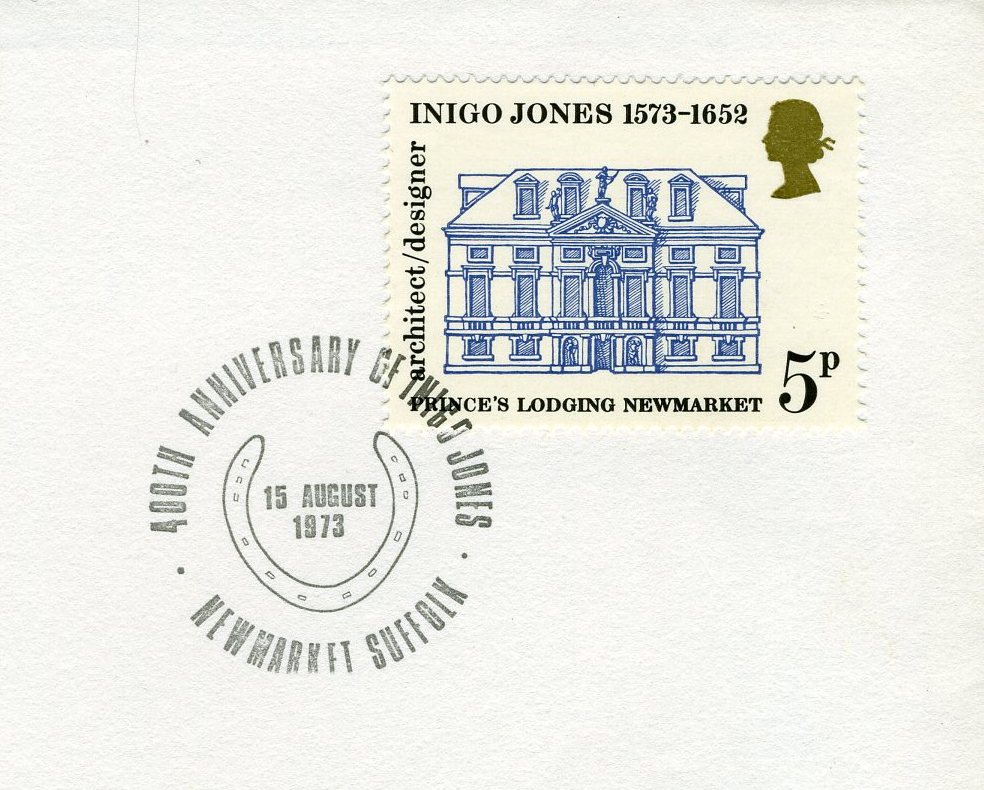
Development of the First Palace
Inigo Jones (1573-1652), England’s foremost architect of the period, makes a series of drawings for new buildings at Newmarket Palace, including the Prince’s Lodgings on the High Street. His most famous building, the Banqueting House on Whitehall, displays the painted ceilings of Sir Peter Paul Rubens who is reputed to have been knighted at Newmarket.
1619
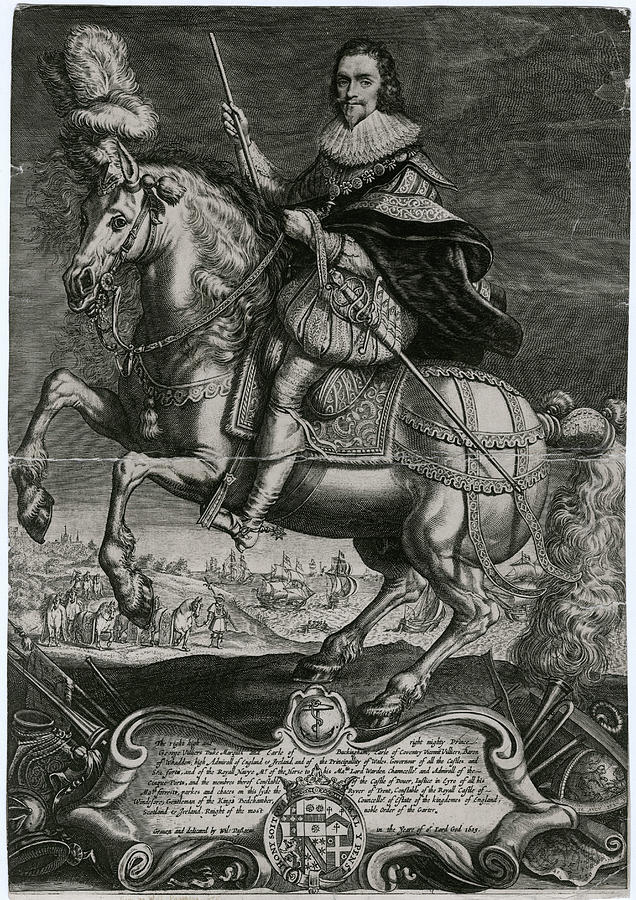
First Recorded Race
The first recorded race at Newmarket takes place on the Heath as a match race for £100 (approximately £13,000 today) between horses owned by Lord Salisbury, the winner, and George Villiers, Marquess of Buckingham and King’s Master of the Horse.
1622
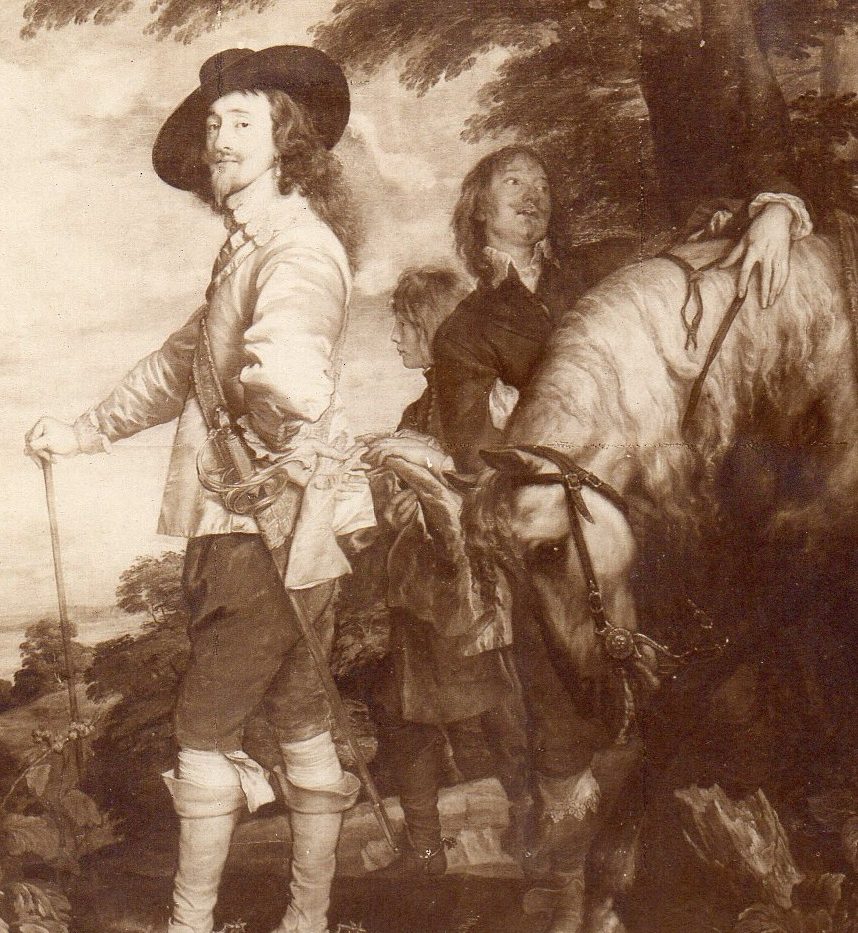
Charles I & Newmarket
Charles I (1600-1649) and his Court visit Newmarket regularly. The town remains Royalist throughout the English Civil War and the King is a prisoner here for ten days following his capture in June 1647. After his 30 January 1649 execution a complete survey is made of the palace which is then sold and left to decay during the Interregnum (1649-1660).
1625-1649
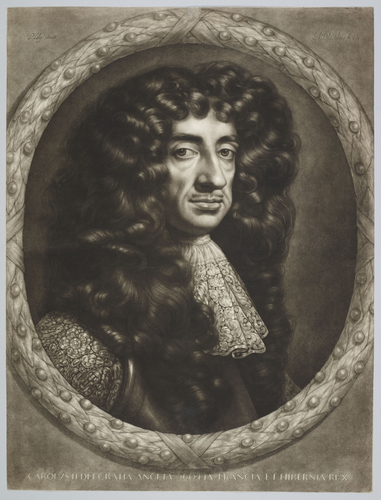
Charles II & Racing
Charles II (1630-1685) is restored to the throne in 1660 and returns to Newmarket six years later, his first visit since spending much time here as a child. Given his passionate support for horseracing six recorded match races take place during the visit. The King founds the Round Course part of which is still used today as the July Course.
1666
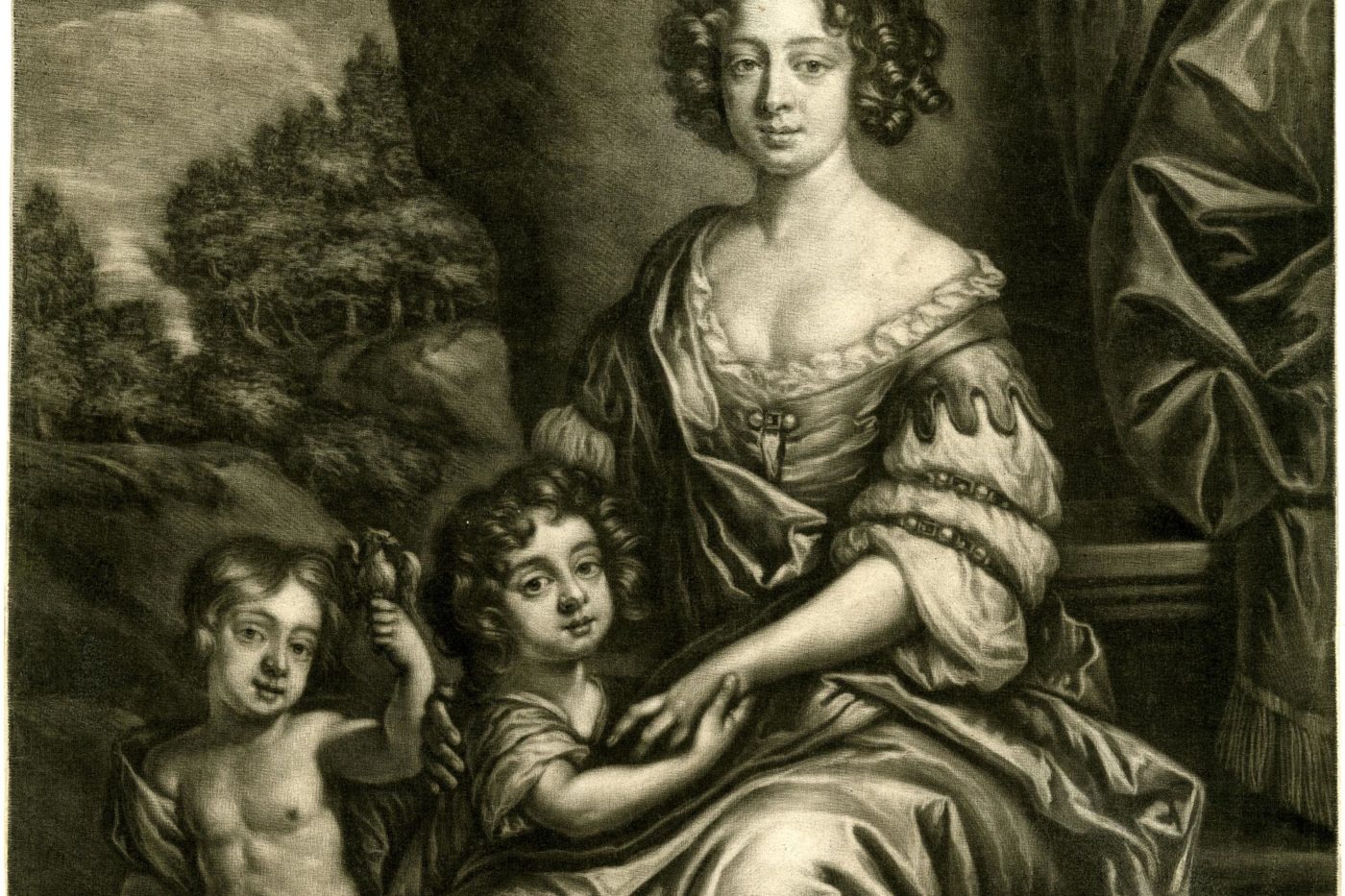
Building of Charles II's Palace
Charles II buys additional land east of High Street in order to construct a new palace to the designs of William Samwell. His private quarters, including his bedroom, survive as Palace House. He houses his mistress, Nell Gwynn, in a small house nearby which survives on Palace Street.
1668-1671
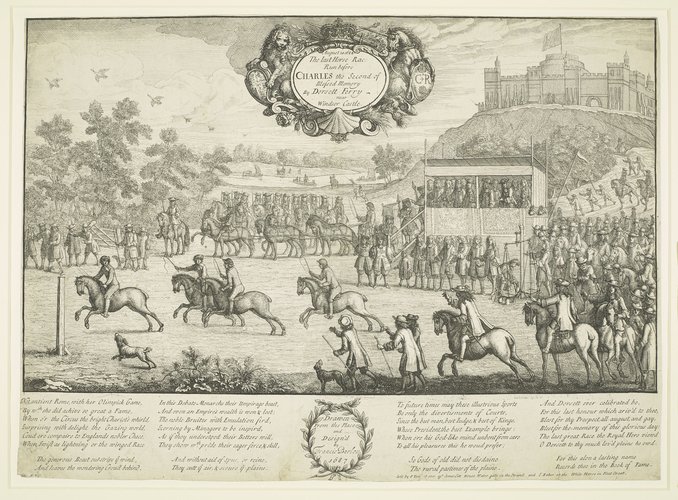
The Great Fire of Newmarket
The Great Fire of Newmarket erupts in stables near St. Mary’s Church causing the King and his brother, the Duke of York, to leave town early. Their early departure thwarts the Rye House Plot to assassinate them. The King visits Newmarket for the last time in 1684, a year before his death.
1683
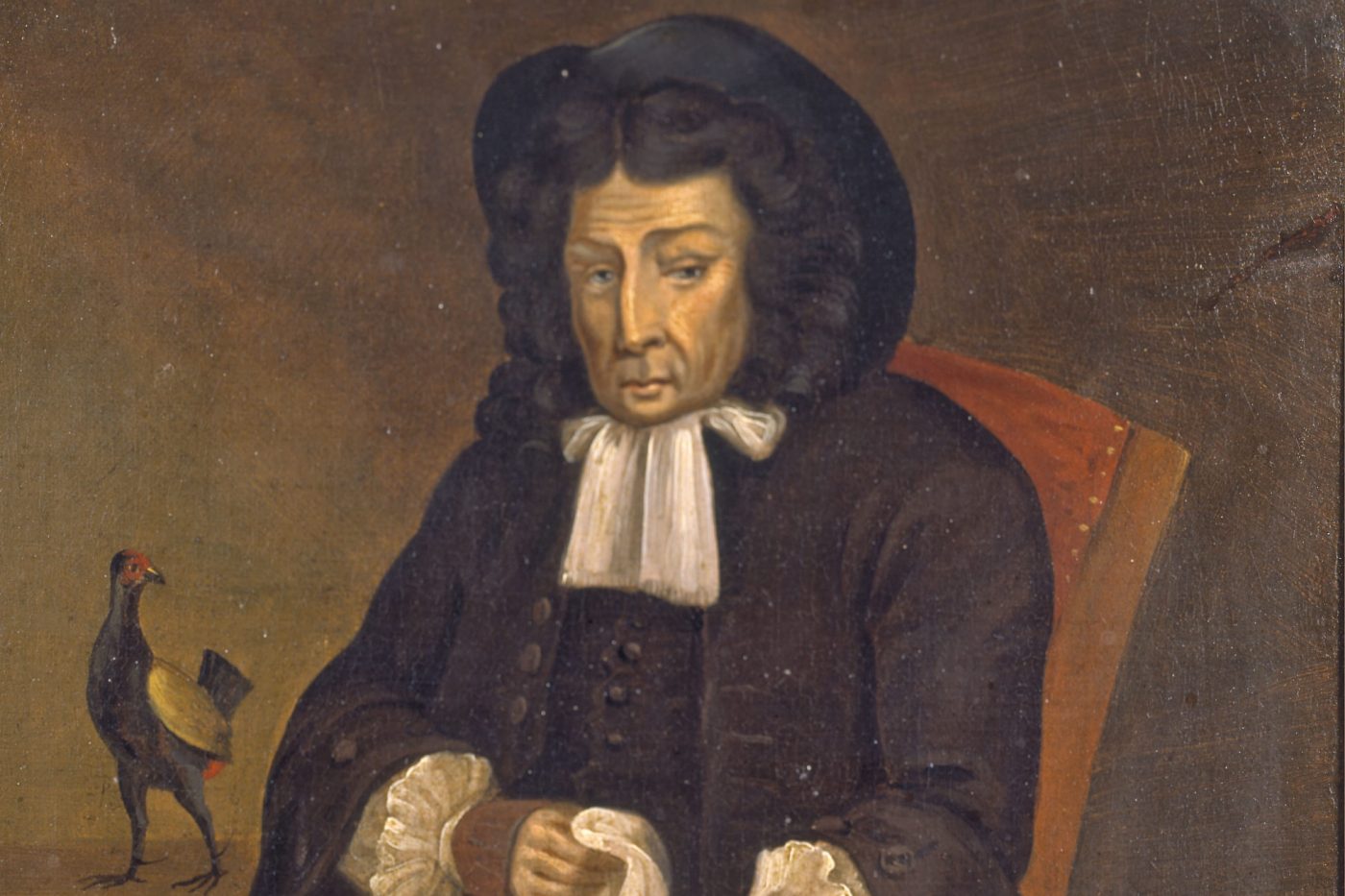
Tregonwell Frampton 'Father of the Turf'
William III (1650-1702) appoints Tregonwell Frampton (1641-1728) as Keeper of the Running Horses at Newmarket. Known as the ‘Father of the Turf,’ Frampton holds the post under four consecutive monarchs.
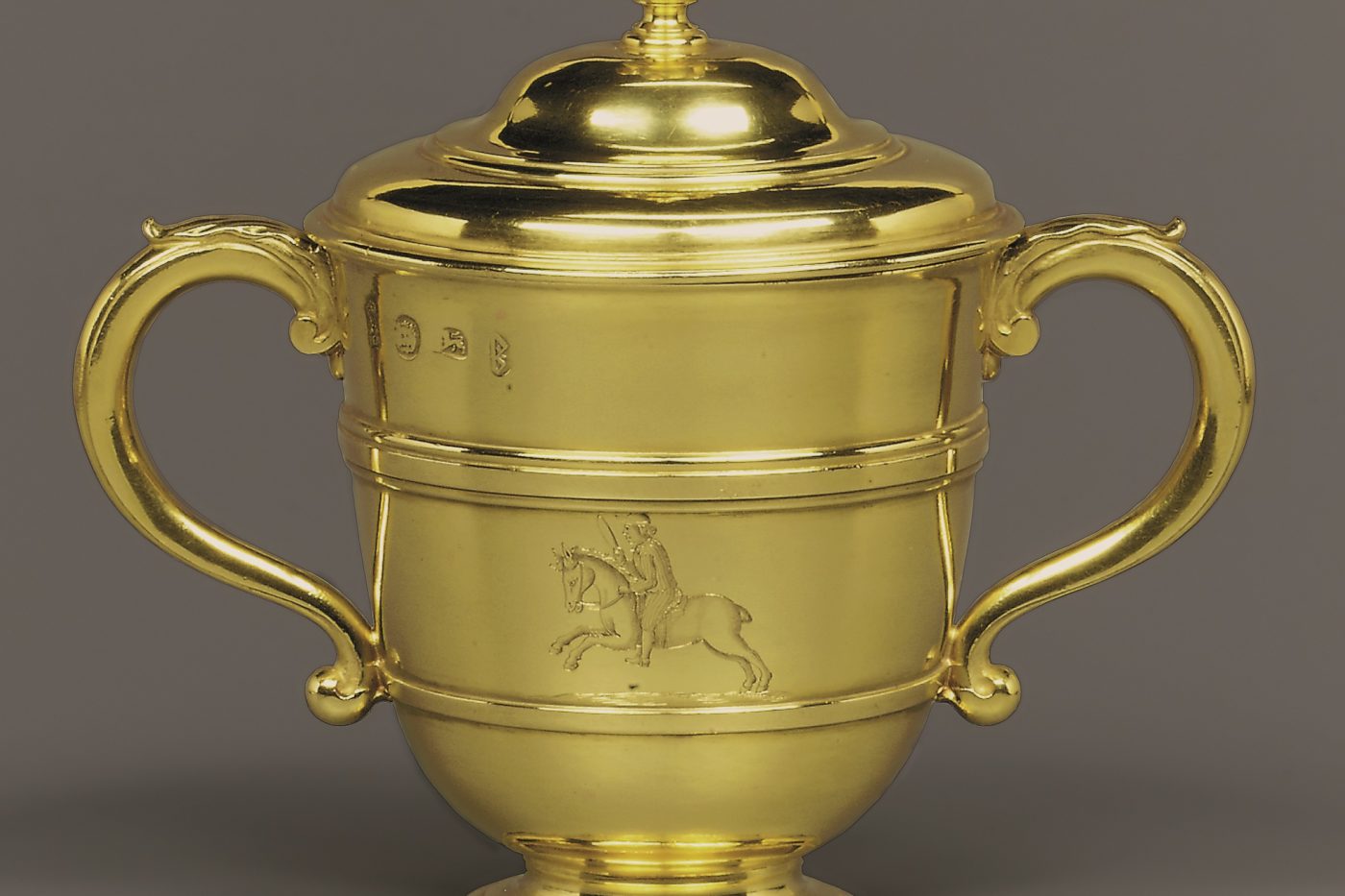
Queen Anne & Racing
Queen Anne (1665-1714) visits Newmarket Palace regularly and is an enthusiastic supporter of racing. Races at this time are usually four miles with the winner receiving a gold cup. The cup presented by Queen Anne in 1706 sells for £223,750 in 2001.
1706
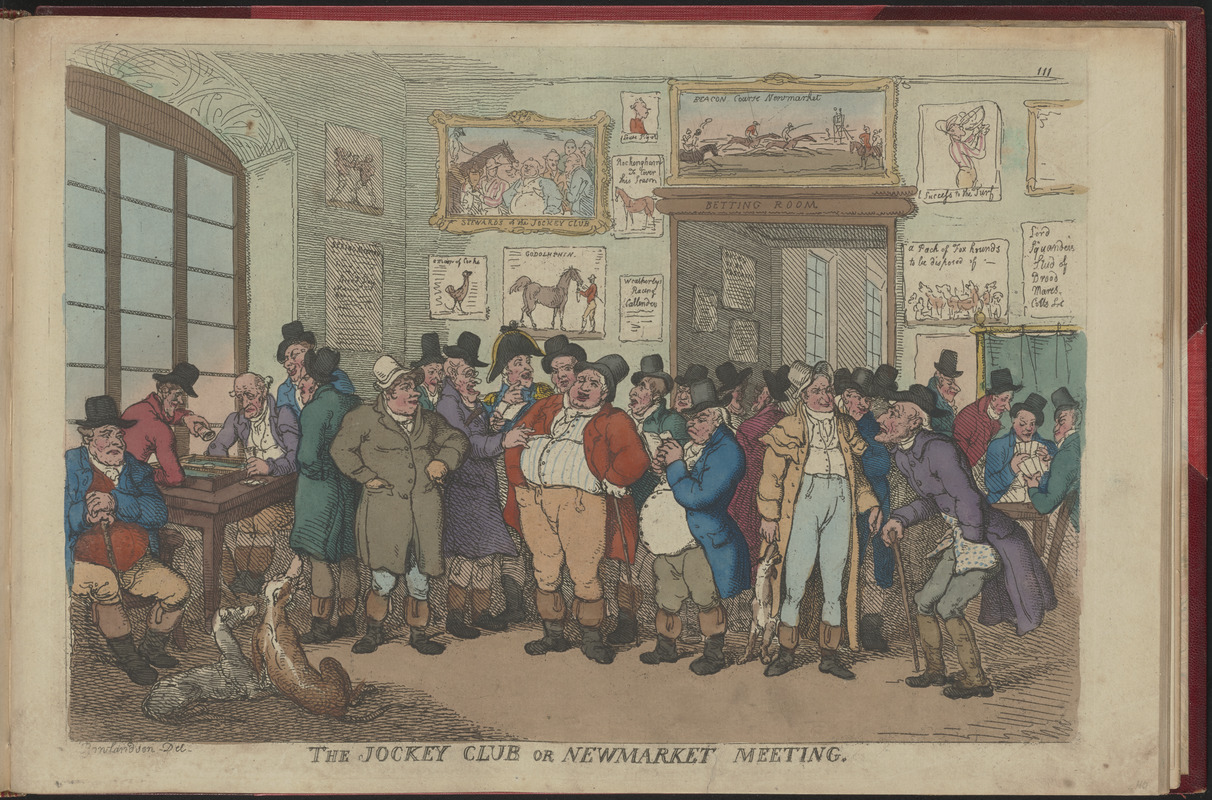
The Jockey Club
The modern incarnation of the Jockey Club is founded and members gather at the Palace for evening entertainments like cards and dice. The Club’s first royal member, William Augustus, Duke of Cumberland and second son of George II, visits for the first time in 1753 and stays at the Palace occasionally.
1750
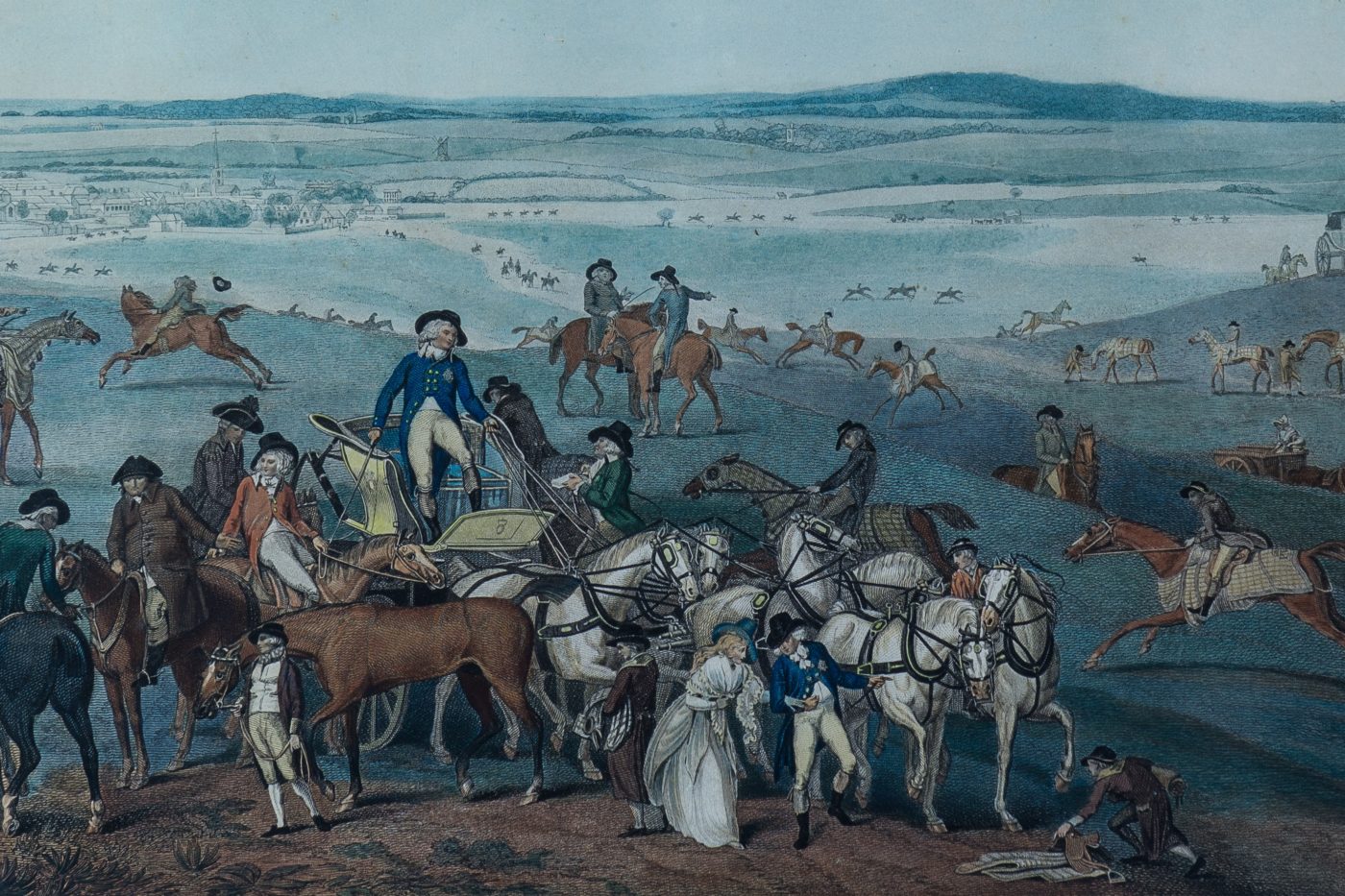
George IV & Newmarket
An inventory of the Palace is made before the arrival of George, Prince of Wales and later George IV. A great supporter of the sport his horses run for the first time at Newmarket in 1784.
1783
Departure of Royalty
The part of Newmarket Palace formerly housing the Lord Chamberlain’s lodgings on the High Street is demolished in 1814. The Crown sells the land in 1819. Trainer William Edwards uses King Charles II’s stables and on 3 May 1838 Barcarolle wins the 1000 Guineas to become the first English Classic winner from Palace House.
1814-1838
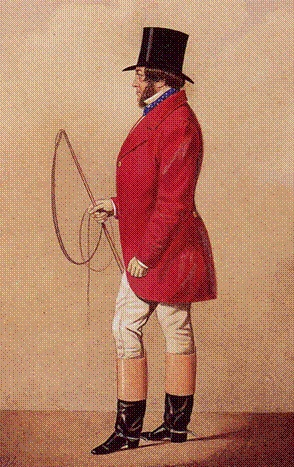
Palace House Sold to Baron Mayer de Rothschild
The Crown sells Palace House and stables to Baron Mayer de Rothschild (1818-1874) who re-energises Newmarket as a major training centre. Trainer James Godding retires in 1863 after Macaroni becomes the first Newmarket-trained winner of the Derby since 1844. Built for succeeding trainer Joseph Hayhoe, Trainer’s House now houses the museum and shop. Rothschild erects new stables in what is now the King’s Yard.
1857
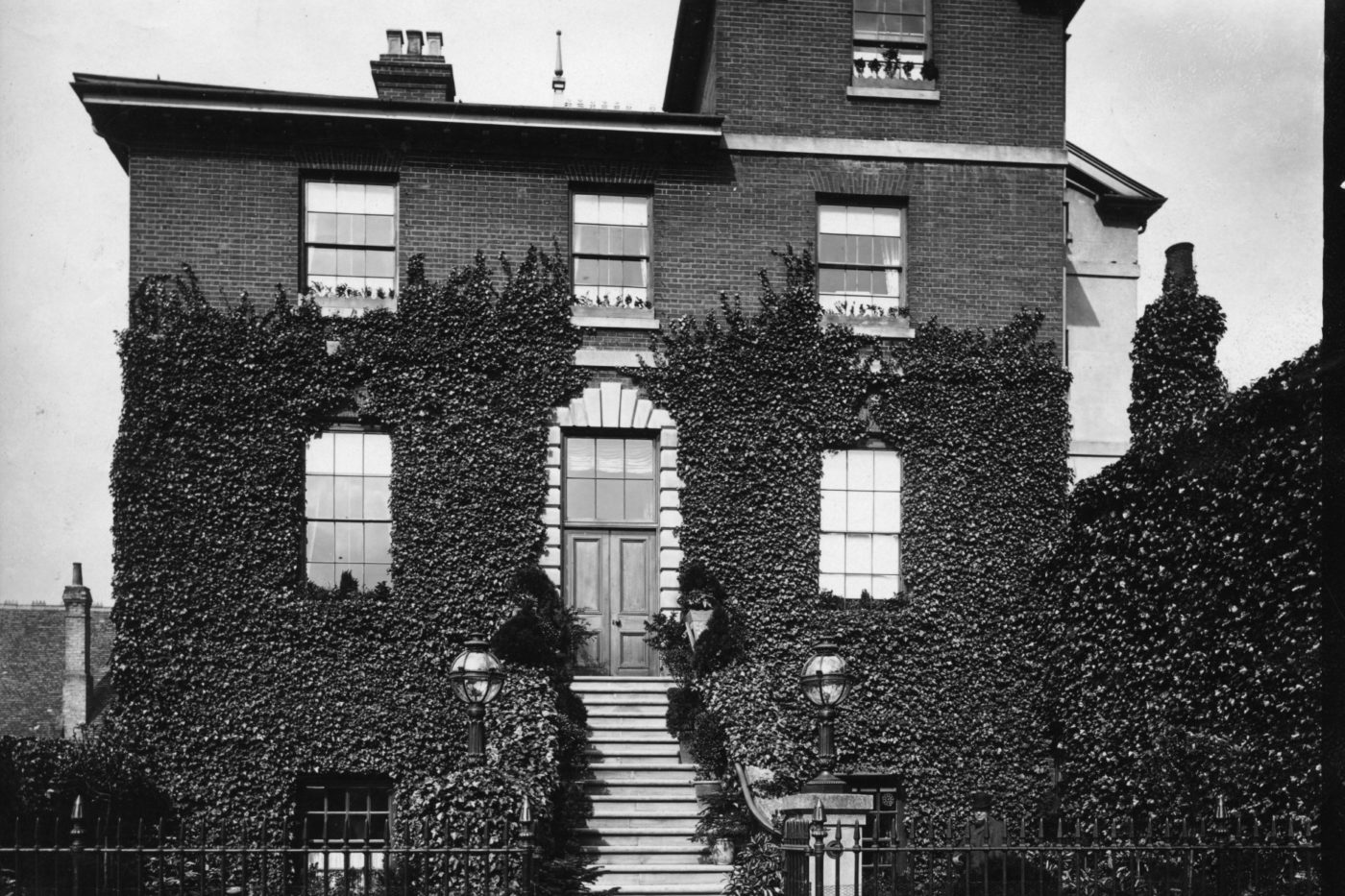
Expansion of Palace House
Architect George Devey is engaged to design alterations to Palace House, including the addition of a dining room and second floor. Leopold de Rothschild (1845-1917) makes further changes comprising three additional bedrooms and a bathroom to the north by architect Holland of Newmarket and additional service rooms west of the kitchens.
1867-1926
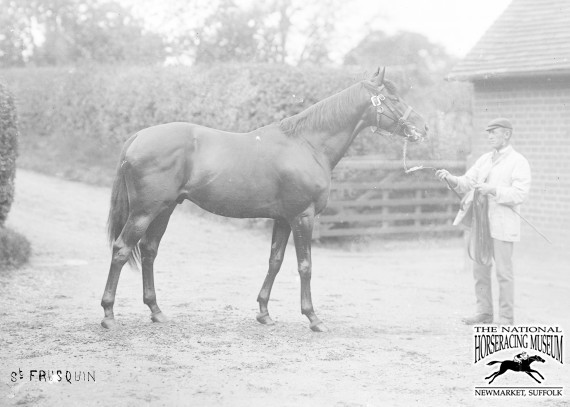
Alfred Hayhoe and Palace House Stables
Trained by Alfred Hayhoe at Palace House, St Frusquin wins the 2000 Guineas at Newmarket for Leopold de Rothschild (1845-1917) before being beaten by the Prince of Wales’s Persimmon by a neck in the Derby. St Frusquin’s son, St Amant, also trained at Palace House, wins the Derby in 1904.
1896
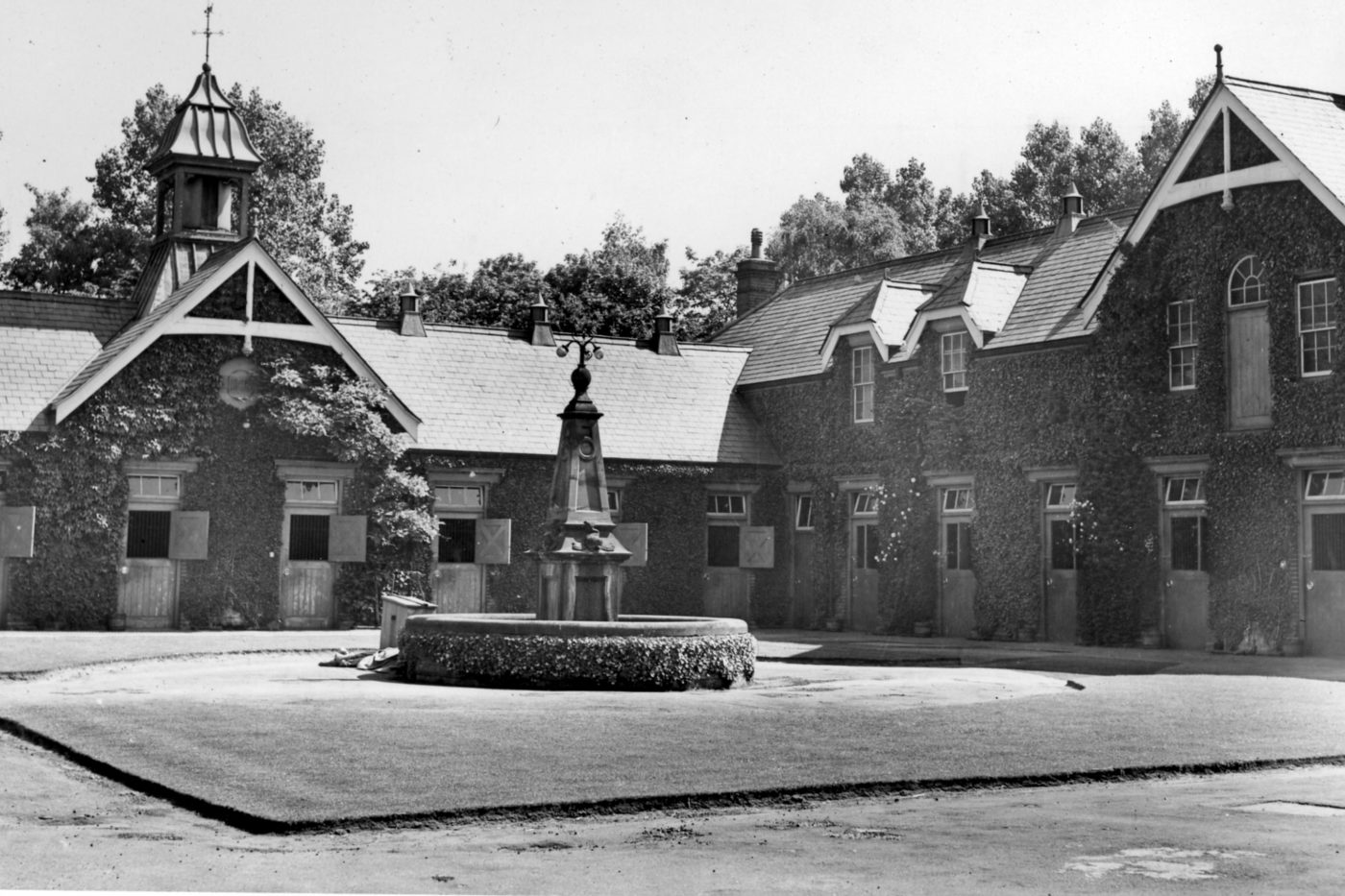
Building of the Rothschild Yard
The Rothschild Yard and stables constructed.
1896-1903
Last Palace House Winner of an English Classic
Pillion, owned by Anthony De Rothschild (1887-1961), becomes the last horse trained at Palace House to win an English Classic, the 1000 Guineas.
1926
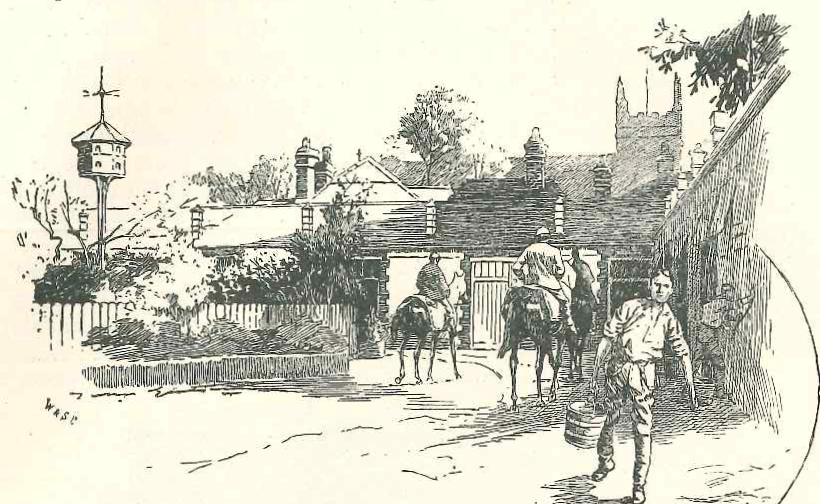
Jack Jarvis & Palace House
Trainer John ‘Jack’ Jarvis (1887-1968) uses the stables as his second yard in conjunction with Park Lodge.
1934
Palace House & the Second World War
Palace House is requisitioned for use as an Officer’s Mess during the Second World War with the racetrack used as a key RAF base for Bomber Command. Presented to the Jockey Club post-war by Anthony de Rothschild to host royal visitors it proves prohibitively expensive and is returned.
1939-1949
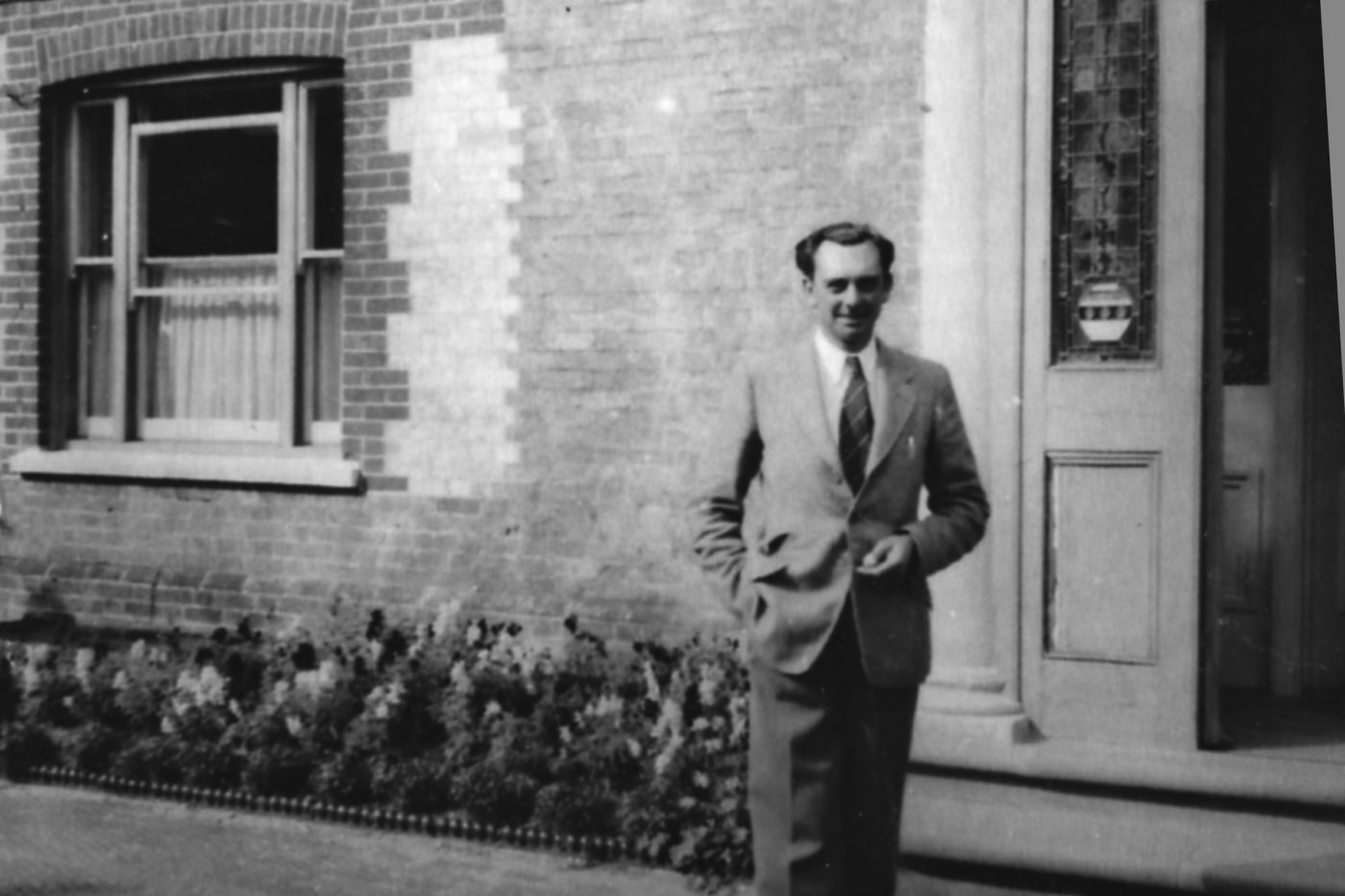
Return of Jack Jarvis
C. H. ‘Harry’ Jellis uses Palace House stables to train privately for Dorothy Paget while also acting as assistant trainer to Jack Jarvis. From 1954 the stables revert to Jarvis who is knighted in 1967.
1947
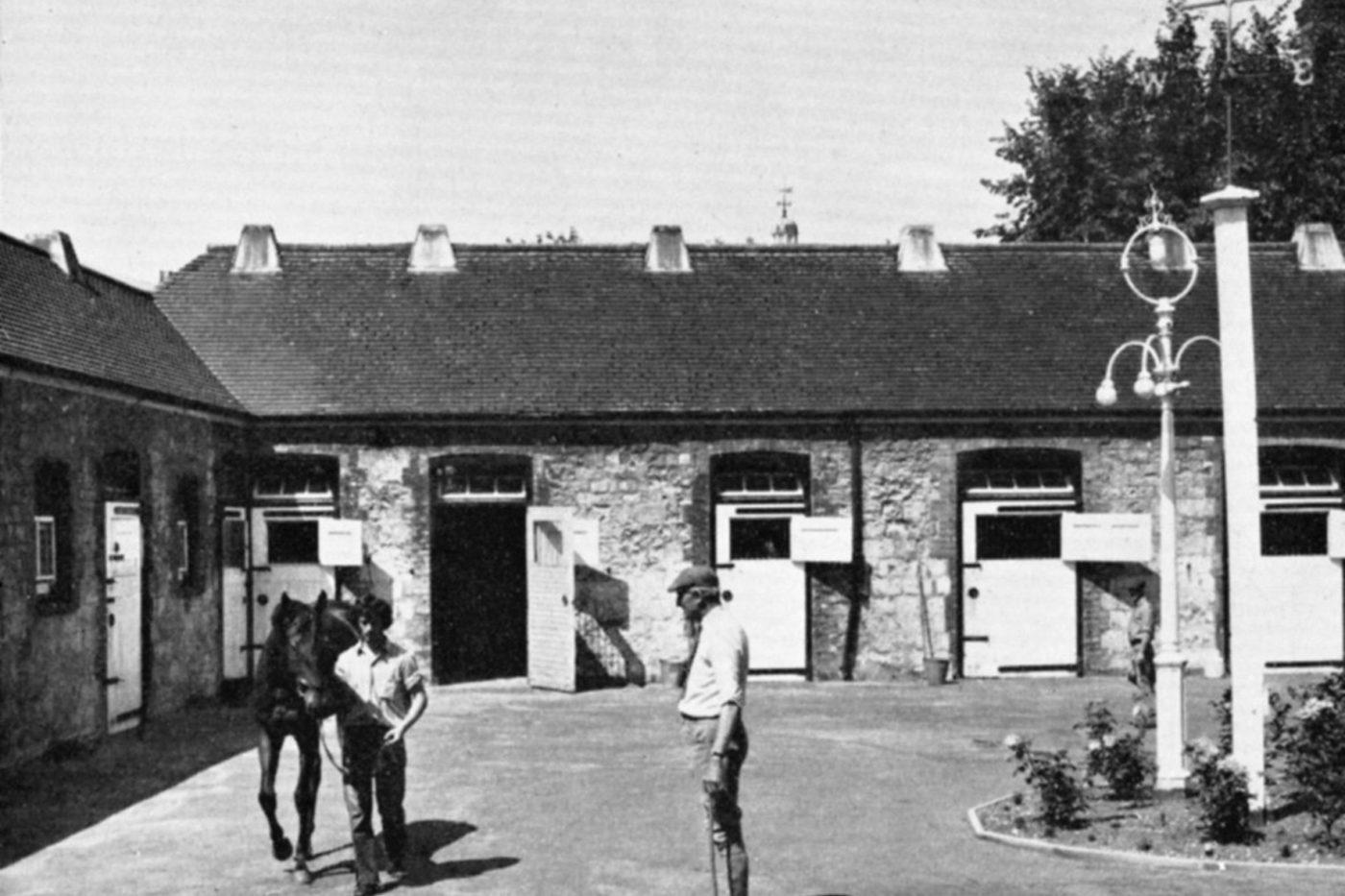
Bruce Hobbs Becomes the Last Trainer at Palace House
Bruce Hobbs moves into Palace House as the last trainer to occupy the stables. He trains 48 group winners and Tyrnavos wins the Irish Derby in 1980, making him the last classic winner trained at the stable. Following his departure, the Rothschild family sells the yard which remains empty.
1965 – 1985
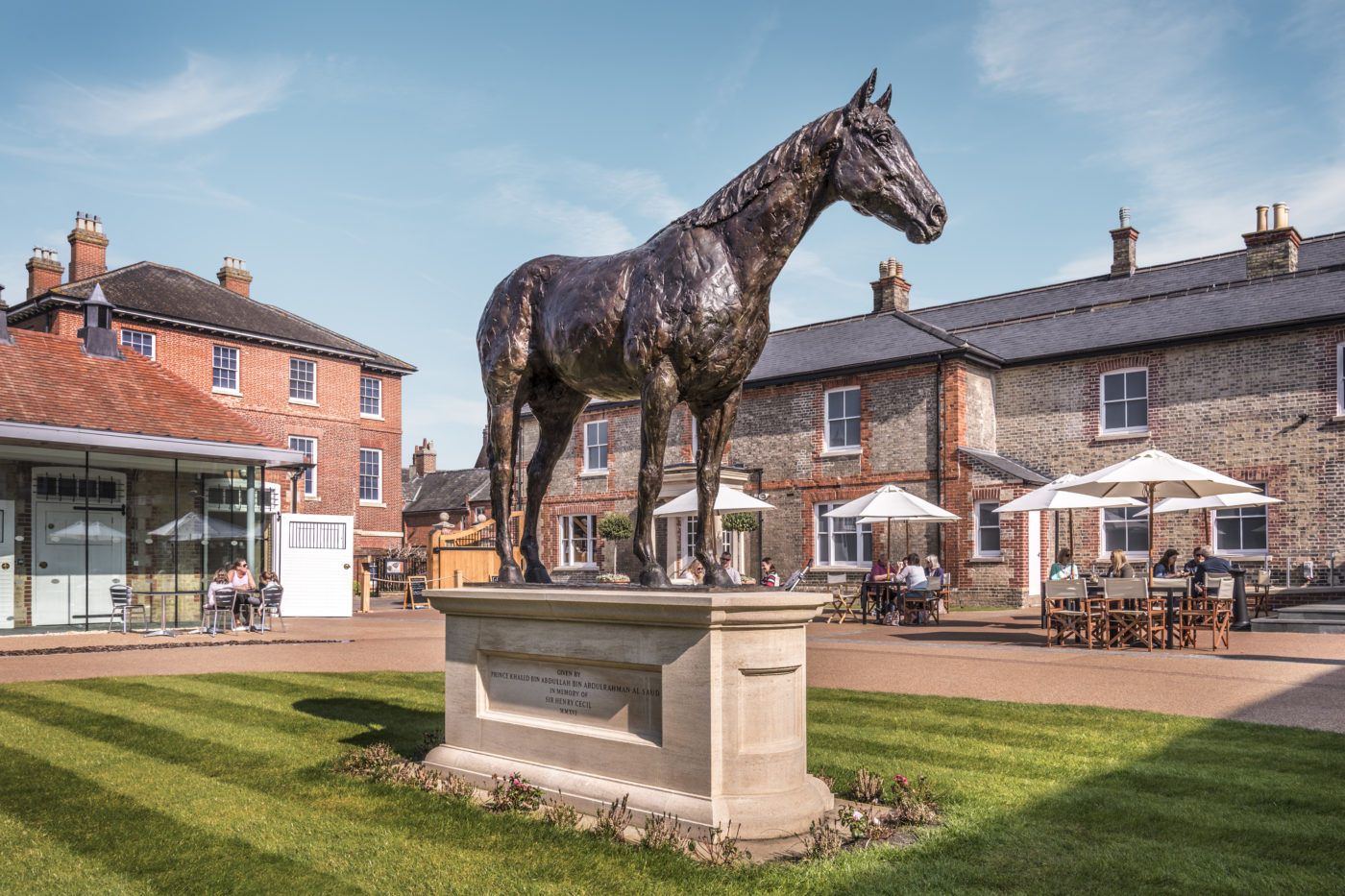
Fire at Trainer's House
Fire results in the loss of most of the internal decorative features in the Trainer’s House. Council installs a temporary roof and rainwater fittings to make the building water tight. Later findings of dry rot result in replacement of the stable roofs in 1995-96 and the Trainer’s House roof in 2003.
1989

Palace House is Saved
Supported by English Heritage, Forest Heath District Council (FHDC) acquires Palace House by compulsory purchase order to save it from further deterioration and unsympathetic restoration. A grant from the Heritage Lottery Fund and support from English Heritage enables the restoration of Palace House by Freeland Rees Roberts Architects with later 19th century additions being removed.
1992
Foundation of the Home of Horseracing Trust
FHDC resolves to set up the Home of Horseracing Trust as an independent charitable trust to co-ordinate fundraising for the redevelopment project.
2003-2004
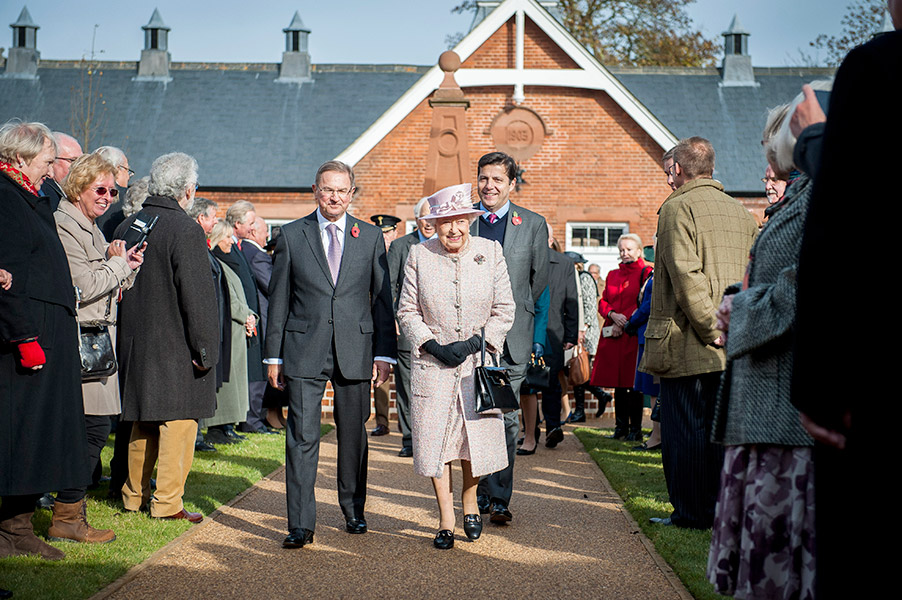
The Opening
Her Majesty Queen Elizabeth II formally opens the museum on 3 November.
2016
